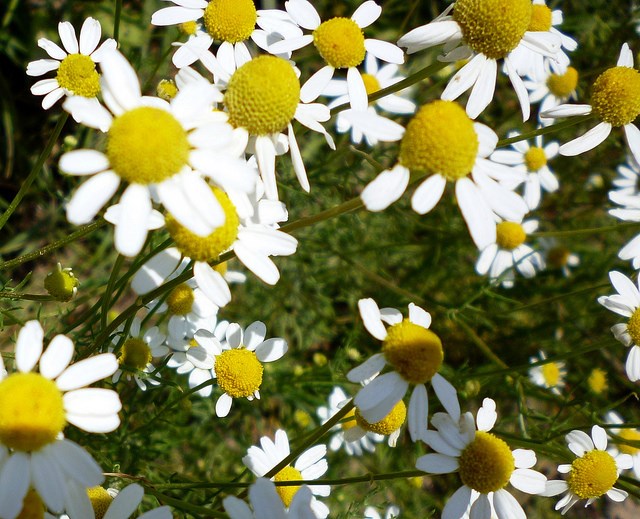With spring being seeding and gardening time, weeds are going to become an issue in the province. What landowners may not know is that certain plants must be reported and then removed.
The majority of weeds in Saskatchewan came from somewhere else. They were introduced, were a contaminant in grain, escaped, or someone introduced them as a crop and they escaped. Sometimes, a plant is not aggressive when it’s first introduced, but then it starts crossing with subsequent introductions and the hybridization causes it to becomes more aggressive and a weed develops that is more adapted to the local habitat.
“They basically take over. They push out more productive and more economically valuable grasses or crops,” said Chet Neufeld, chair of the Saskatchewan Invasive Species Council.
Under the Provincial Weed Control Act, there are three types of weeds in the province: prohibited, noxious, and nuisance plants.
Prohibited plants are weeds that may be found in areas surrounding Saskatchewan or in the province in very small numbers.
“They’re a species that haven’t got a foothold yet, that we should be watching out for and that are very close to us,” Neufeld said. “We’re really keen to prevent those ones from coming in and to really stop the ones in their tracks that have gotten here already.”
As an example, a wetland near Watrous has flowering rush, which is prohibited in the province. The plant displaces natural vegetation such as cattails and can dominate wetlands.
“We have been manually removing between five and eight tonnes of flowering rush per year for the last six years and we’re confident if we keep it up, in 10 years it will be eradicated,” Neufeld said.
Noxious plants are those that are too entrenched in the landscape to completely eradicate, so the province works on management. This includes wild oats, scentless chamomile, and Canadian thistle.
Nuisance plants are ones that don’t necessarily cause a lot of damage, but are still an invasive plant.
If a plant is found on land and the landowner reports it, the local weed inspector will come out and talk to the landowner about getting rid of it. If the landowner fails to comply, the weed inspector can remove it and then bill the landowner.
“It’s in their best interest to get rid of these plants anyway, because it’ll cost them money. They do environmental damage. There’s a whole host of things depending on the species,” Neufeld said.
If farmers see a new weed on their land, it’s best to report it to their municipality or the ministry of agriculture. It could turn out to be nothing, but it’s best if something is caught early.
“The rationale behind (early detection and rapid response) is that when you get to a weed in the early stages of its introduction to an area, it’s relatively easy and inexpensive to get rid of, but you want to make sure that you get it correctly and thoroughly,” said Clark Brenzil, provincial specialist in Weed Control with the Ministry of Agriculture. “It’s always a good idea if farmers find they have a new weed … they should probably seek out some information on that weed and let somebody know about it.”
Scentless chamomile is one of those plants that wouldn’t have been as prevalent as it is now if there had been a rapid response.
“It’s a perfect example,” Brenzil said. “If we had gotten on it in the ‘20s or ‘30s, it might not be as widespread as it is now.”
Unfortunately, Saskatchewan doesn’t have many resources to become reactive with taking out weeds that may be a problem.
“Saskatchewan hasn’t been great, but nobody’s been great,” Neufeld said.
He added that everyone is working on getting rid of plants that have been entrenched in the landscape, that little attention is being paid to new plants that haven’t quite taken hold yet.
“Yes, we have to manage weeds we have, but more importantly, we have to look out for those we don’t have yet, and as soon as we see them we have to get on top of them,” Neufeld said.
That’s not to say that the province is doing nothing to deal with invasive plants. The Ministry of the Environment has a website where users send in weed sightings. The website then maps out where the weeds have been found. People can take a look and get an idea of what kind of weeds are coming toward them.



